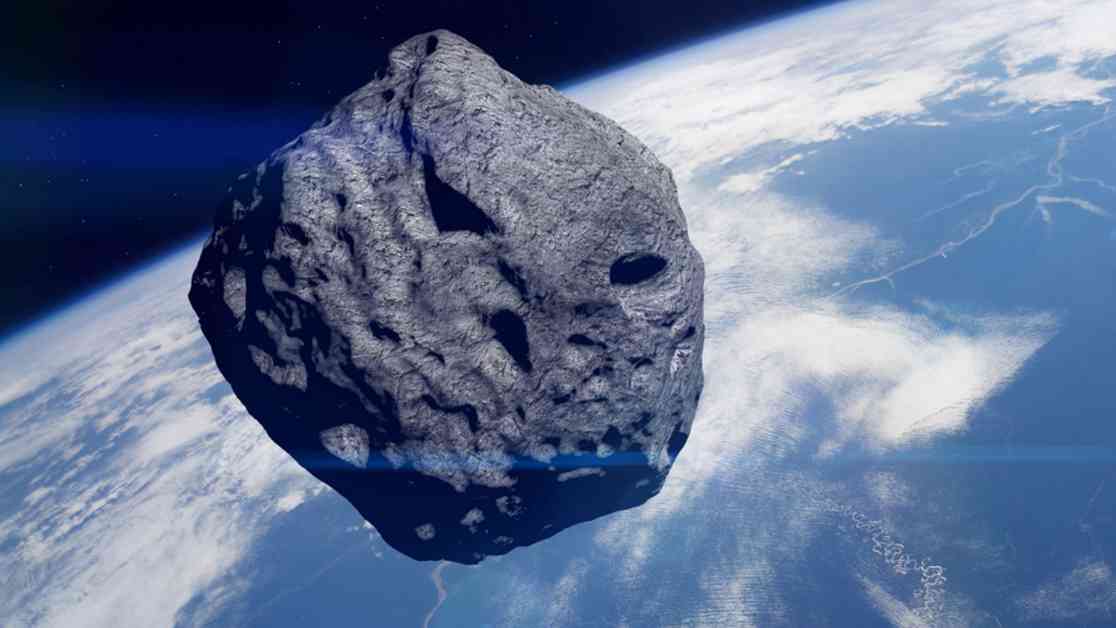Around 3.26 billion years ago, Earth experienced a catastrophic event when a massive meteorite, known as S2, crashed into our planet. This meteorite, estimated to be four times the size of Mount Everest, had a diameter of 37-58km and caused significant turmoil. However, recent research suggests that this impact may have actually benefited life on Earth, particularly in the early stages of development.
Nadja Drabon, an early-Earth geologist from the University of Harvard, explains that while meteorite impacts are typically seen as detrimental to life, the collision of the S2 meteorite could have created conditions that allowed certain life forms to flourish. Despite the initial destruction caused by the impact, including a tsunami and intense heat, the aftermath led to a rapid rebound of bacterial life.
The analysis published in the Proceedings of the National Academy of Sciences journal reveals that the impact of S2 triggered a series of events that stirred up iron from the deep ocean into shallow waters and brought phosphorus to the planet. These conditions favored the growth of iron-metabolizing bacteria, which thrived in the wake of the catastrophe. This shift towards iron-favoring bacteria provides valuable insights into early life on Earth and how it adapted to extreme conditions.
Today, evidence of the S2 impact can be observed in South Africa’s Barberton Greenstone belt. Dr. Drabon paints a vivid picture of the impact, describing a scenario where a giant tsunami sweeps through shallow waters, disrupting the sea floor and changing the environment drastically. This visualization helps us understand the magnitude of the event and its implications for life on Earth.
While meteorite strikes are often associated with mass extinctions, the research on the impact of the S2 meteorite challenges this narrative by highlighting the resilience and adaptability of early life forms. By studying the aftermath of such catastrophic events, scientists can gain valuable insights into the evolution of life on Earth and how it has responded to environmental changes over billions of years.
In conclusion, the impact of the giant meteorite strike on Earth’s life diversity reveals a complex interplay between destruction and regeneration. While the immediate effects of such events may be devastating, the long-term consequences can pave the way for new forms of life to emerge and thrive. This research sheds light on the dynamic nature of our planet’s history and the remarkable ability of life to adapt to extreme circumstances.










